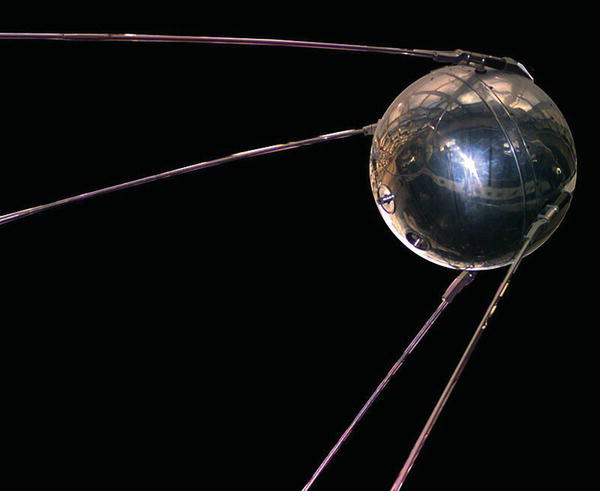11Satellite Communications
Historical Note
Artificial satellites, long confined to the domain of science fiction were first realised with the launch of Sputnik (pictured),1 a 58 cm diameter sphere with 4 transmitting antennas, by the Soviet Union in 1957. While the principles behind artificial satellites and the physics of maintaining orbiting the Earth were well known, rocket science was not advanced enough to launch these satellites to sufficiently high altitudes where satellites could maintain their orbit.

The impact of the launch of Sputnik was greatly felt at the height of the Cold War: the United States rightly felt that it was behind in the ‘space race’ and started a number of programmes to catch up. In time these programmes have led to space probes landing on the Moon, Mars and soon a comet, and travelling to the edge of the Solar System and beyond. Many countries have started a space programme, and contributed to these developments. ...
Get Broadband Telecommunications Technologies and Management now with the O’Reilly learning platform.
O’Reilly members experience books, live events, courses curated by job role, and more from O’Reilly and nearly 200 top publishers.

